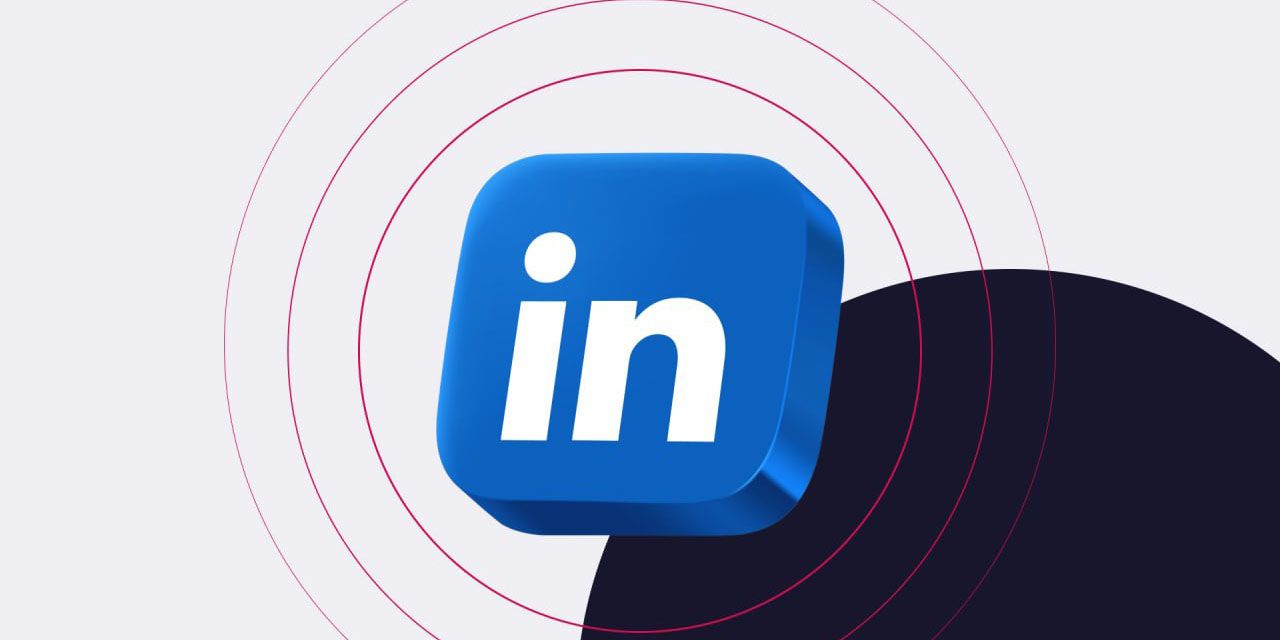LinkedIn as a key to international development: tips for export companies

Most Ukrainian companies working for export focus on exhibitions, catalog mailings, and cold email campaigns. These are proven channels that used to work flawlessly. But today, when global markets have become much more active and decisions are made quickly, a new player is emerging that can no longer be ignored. This is the LinkedIn platform.
When working with export-oriented companies, particularly in the engineering, agriculture, and IT industries, there is one and the same pattern: when a team starts using LinkedIn systematically, a new stream of requests appears – not from advertising, not from tender platforms, but directly from decision makers.
LinkedIn is no longer just a social network for white-collar workers. It is an ecosystem of B2B solutions. According to the platform itself, more than 4 out of 5 of its users influence purchasing or other business decisions in their companies (LinkedIn Business Data, 2024). And these are the people every exporter dreams of working with.
According to estimates by DataReportal (2024), LinkedIn has more than 1 billion users, of which more than 65 million are decision-makers and 17 million are opinion leaders. But more importantly, it is the audience with the highest income level among all social networks: 44% of users have an income above $75,000 per year (Pew Research Center, 2024). This means that it is not just traffic, but potential buyers and partners with resources and influence.
The absence of Ukrainian exporters in this ecosystem is not just a gap. These are lost markets.
According to the State Statistics Service State Statistics Servicein 2023, more than 38% of Ukrainian exports went to EU countries, where LinkedIn has the highest density of B2B audience: Germany, the Netherlands, Poland, France, and North America. A presence on LinkedIn is an opportunity to “level the playing field” with local players who have long been using the platform not as a social network but as a digital sales tool.
In the face of constant logistical and geopolitical constraints, export companies are forced to look for direct and cost-effective channels to reach customers. And this is where LinkedIn gives you an advantage: it reduces the cost of the first contact and the time to close a deal.
More importantly, LinkedIn allows you to reach purchasing managers, owners of distribution companies, CTOs, or Head of Procurement directly. No intermediaries, no long cold calls. And when your profile looks professional, when your posts demonstrate your expertise, customers start initiating a dialog themselves. For them, you are not “just another supplier from Ukraine,” but a prominent member of the global B2B ecosystem.
LinkedIn allows you to build trust through content, communication, and personal presence.
Skeptics often ask: “What about the numbers?”
According to a HubSpot study (2024), LinkedIn generates three times more leads for B2B companies than any other social network. And that’s without taking into account direct networking and specialized groups that are actively developing in niches ranging from agriculture to cable production.
Yes, LinkedIn does not provide “fast traffic” like Google Ads. But it does provide warm contacts, personal connections, and direct access to decision makers who don’t read cold emails but respond to live posts and comments.
In 2025, LinkedIn is an exhibition, press, and coffee meeting in one place. And every Ukrainian export company planning to enter new markets should at least try it.
Tip #1: If you sell abroad, make sure that your LinkedIn profile (both personal and company) is available in English, with a clear product/service name in the title. Your “UkrTech solutions” won’t tell anyone anything. But “Customized metal enclosures for telecom” – it’s immediately clear what you do.
Instead of a cold email, use a personal presence
We often hear: “Linkedin is just for resumes!”. But this is no longer the case. Over the past three years, the platform has become a platform for B2B sales. Companies are looking for contractors, distributors are looking for new brands, and buyers are looking for proven expertise.
Tip #2: Create a series of short case studies in the form of PDF carousels (the format with the highest engagement rate according to Socialinsider 2025). One case = one client, problem, solution, result. It’s like a micro-presentation that works without you 24/7.
Customers want to see people, not logos
This is another important thing that exporters underestimate. Businesses in Europe and the United States are increasingly looking for more than just price or function – they are looking for a reliable partner with whom they can have a dialog. And this dialog begins with the profile of a CEO, commercial director, or expert. Not with a banner, but with a person.
Tip #3: don’t leave your profile “dead”. Even 2-3 posts per month on behalf of the owner/director with market analytics, production demonstrations, or opinions on changes in logistics create the impression of a “living company.” People trust people.
What else is important?
Tip #4: Don’t ignore search and filters. You can manually find the right companies, buyers, distributors, and write to them directly, without spam, without “hope this message finds you well…”. A personalized request that shows that you understand their specifics works much better on LinkedIn than any email campaign.
Tip #5: Run newsletters – this is a free opportunity to publish regular expert posts that go straight to the subscribers’ feed. This is how you build an audience around your niche. And it will remember you when there is a need for your product.
LinkedIn is no longer just a social network, but a new channel for global B2B communications. Especially for Ukrainian companies that want to gain a foothold in the international space without millions of dollars in advertising budgets.
LinkedIn works. But only when you work with it systematically.
Читайте нас у Telegram: головні новини коротко









